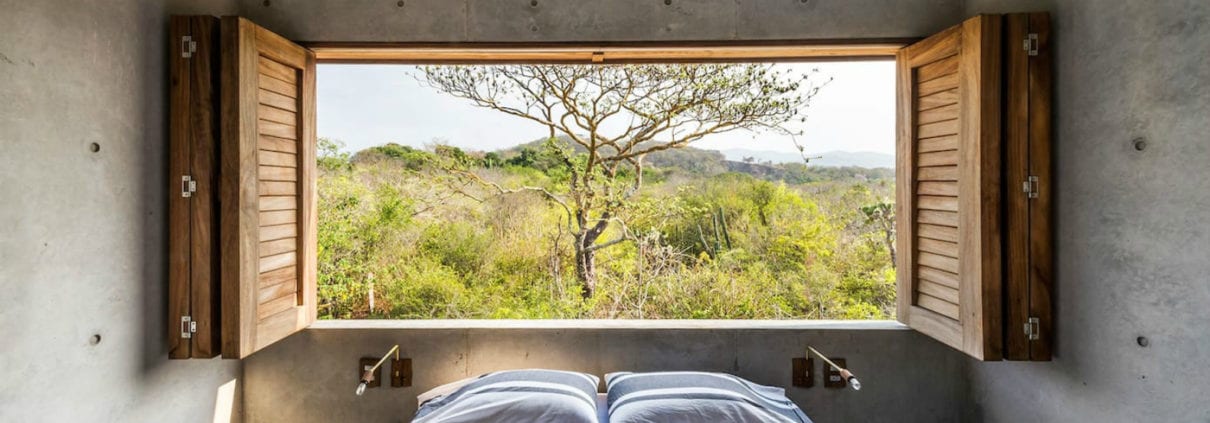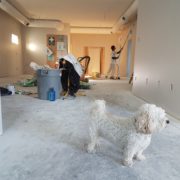Depreciation for Residential Rental Property
More than a year ago, the rules for calculating the rates of depreciation for residential rental property were changed. Only the additional fittings for plant and equipment that are made by the buyer after purchase would attract tax benefits due to depreciation. However, those that were there before purchase would not. Plant and machinery refer to additional fixtures and fittings like curtains, room heating, air conditioning and the like.
How to Comply With ATO Regulations:
The rules governing depreciation for residential rental property are laid down by the Australian Tax Office (ATO) and they change on a regular basis. Whenever a property owner files a tax return, he must ensure that the return has calculations of depreciation on investment property ATO. For this to happen, a complete inventory must be made of all the assets on the property. The list must highlight both capital goods and plant and machinery because both would attract different rates of depreciation. ATO compliance mandates that a registered quantity surveyor is employed to prepare the investment property depreciation schedule ATO.
Calculate Depreciation for Residential Rental Property with the Help of a Consultant:
All of the above requirements can be easily met if your property depreciation reports are prepared by property depreciation consultants. They are well accustomed with the latest ATO guidelines, and these consultants are also aware of the right format in which the property report is to be prepared. This ensures that you do not miss out on any of the tax breaks you are eligible for. You would also devote your time to other important work, leaving all your tax worries to the consultant.
The job of calculating depreciation for residential rental property is not an easy one if you wish to remain ATO compliant. An experienced consultant can make this job easier for you and ensure that it is error free.












